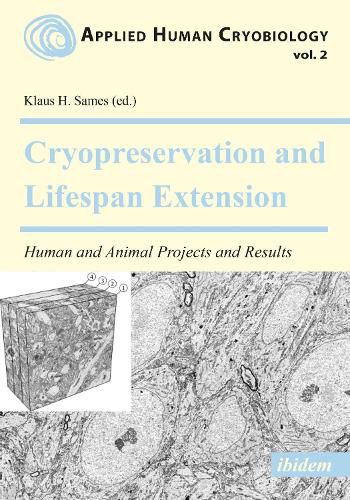This title is printed to order. This book may have been self-published. If so, we cannot guarantee the quality of the content. In the main most books will have gone through the editing process however some may not. We therefore suggest that you be aware of this before ordering this book. If in doubt check either the author or publisher’s details as we are unable to accept any returns unless they are faulty. Please contact us if you have any questions.
This second volume of the Applied Human Cryobiology series contains presentations on the second German scientific symposium 2014 in Dresden as well as contributions of outstanding scientists in cryonics. Included are laudations to the awardees of the Robert Ettinger Medal. The brain as the only totally individualized human organ cannot be replaced (e.g. by cloning or stem cells). Therefore analyses of brain structure as well as studies in the postmortem stability of this organ are crucial for methods of vitrification and the rewarming of cryonics patients. Other organs and organisms are useful models for the development and testing of cryopreservation methods. These require strategies for the control and prevention of cryopreservation damage as well as damage caused by dying. New technologies can help to achieve these aims. An important field of research in this context is molecular repair. The further development of cryonics needs self-control, e.g. by analysis of its historical development and actual progress. Cryonics represents a method of life span extension and can be supported by other methods favoring longevity. This volume demonstrates that substantial progress has been made in all of these fields of research as well as in the application of the results of this research.





